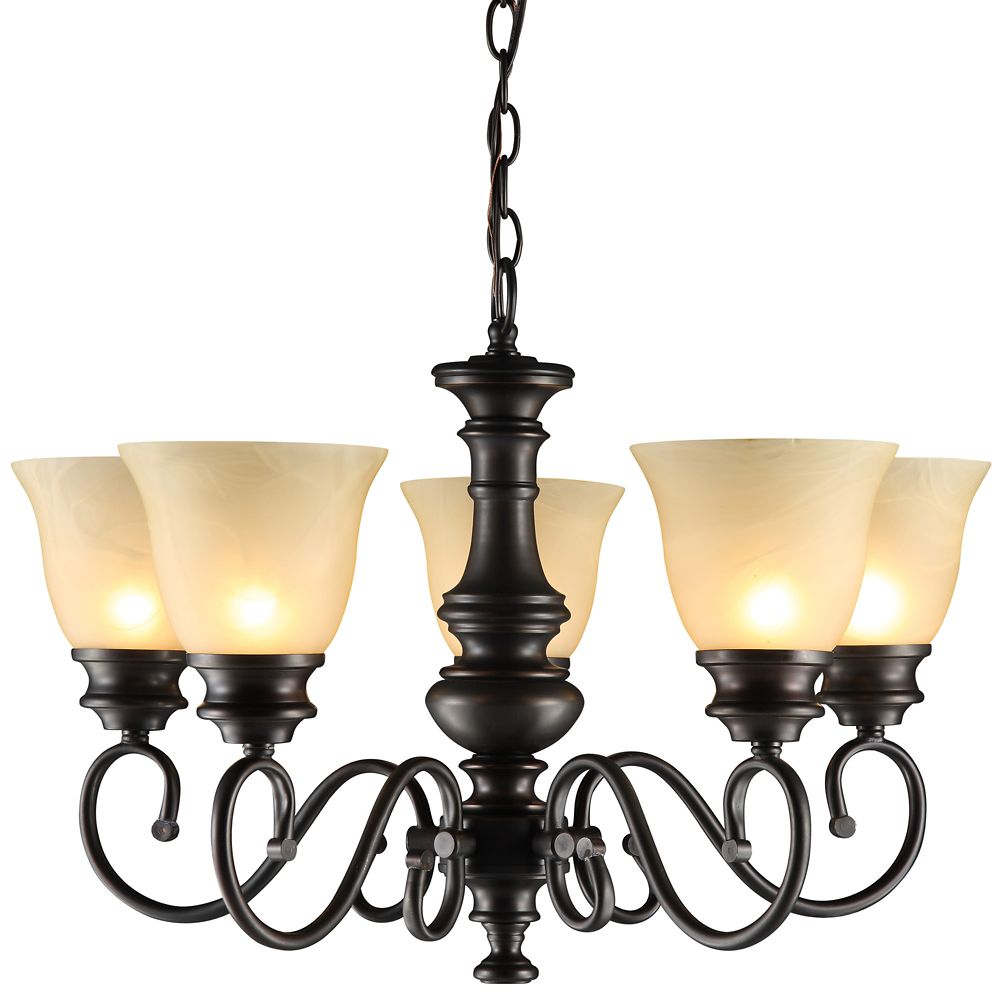
This Image is rated 9 by BING for KEYWORD Dining Room Lights Home Depot, You will find this result at Bing.com.
IMAGE Details FOR Hampton Bay Chandelier The Home Depot Canada's IMAGE| TITLE: | Hampton Bay Chandelier The Home Depot Canada |
| IMAGE URL: | https://s7d2.scene7.com/is/image/homedepotcanada/p_1000546360.jpg |
| THUMBNAIL: | https://tse1.mm.bing.net/th?id=OIP.Lp1TesvcVfc3rCO1rJKDawEsEs&pid=Api&w=180&h=181 |
| IMAGE SIZE: | 74345 B Bs |
| IMAGE WIDTH: | 1000 |
| IMAGE HEIGHT: | 1000 |
| DOCUMENT ID: | OIP.Lp1TesvcVfc3rCO1rJKDawEsEs |
| MEDIA ID: | 2465CBF6B1805998392526CA6BD93BADE2BAB8C2 |
| SOURCE DOMAIN: | homedepot.ca |
| SOURCE URL: | https://www.homedepot.ca/en/home/p.chandelier.1000546360.html |
| THUMBNAIL WIDTH: | 180 |
| THUMBNAIL HEIGHT: | 181 |
Related Images with Hampton Bay Chandelier The Home Depot Canada
Black Dining Room Chandeliers Home Depot Best Home Design And
Light, from Home Depot. For above our dining room table maybe

Light Fixtures also Home Depot Light Fixtures Dining Room together
Dining Room Chandelier Lighting – Dining Room Fixtures Lighting
A dining room is a room for consuming meat. In modern times you typically adjacent to the kitchen for convenience in serving, although in medieval hours it was often on an entirely different flooring level. Historically the dining room is furnished with a rather large dining table and a number of dining chairs; the most common shape is generally rectangular with two armed objective chairs and an even number of un-armed side chairs along the long backs .
History
In the Middle Ages, upper class Britons and other European aristocracy in castles or big manor houses dined in the great auditorium. This was a large multi-function room capable of seat the bulk of the population of the house. The household would sit at the head table on a raised dais, with the rest of the population arrayed in order of diminishing grade away from them. Tables in the great corridor would tend to be long trestle tables with terraces. The sheer number of people in a Great Hall meant it would probably have had a busy, bustling atmosphere. Suggestions that it would also have been quite smelly and smoky are likely, by the standards of the time, unfounded. These rooms had huge chimneys and high ceilings and there would have been a free flowing of air through the several doorway and window openings .
It is no doubt that the owners of such properties began to develop a penchant for more intimate assembles in smaller' parlers' or' privee parlers' off the primary hall but this is thought to be due as much to political and social changes as to the greater consolation is guaranteed by such rooms. In the first instance, the Black Death that ravaged Europe in the 14 th Century induced a shortage of labour and this had led to a breakdown in the feudal system. Likewise the religion mistreatments following the dissolution of the convents under Henry VIII made it unwise to talk freely in front of large volumes of people .
Over time, the grandeur took more of their dinners in the parlour, and the parlour became, functionally, a dining room( or was split into two detached chambers ). It also moved farther from the Great Hall, often accessed via grand ceremonial staircases from the dais in the Great Hall. Eventually dining in the Great Hall became something that was done mainly on special occasions .
Toward the beginning of the 18 th Century, a pattern risen where the madams of the house would withdraw after dinner from the dining room to the drawing room. The gentlemen would remain in the dining room having guzzles. The dining room tends to take on a more masculine tenor as a result .
Comments
Post a Comment